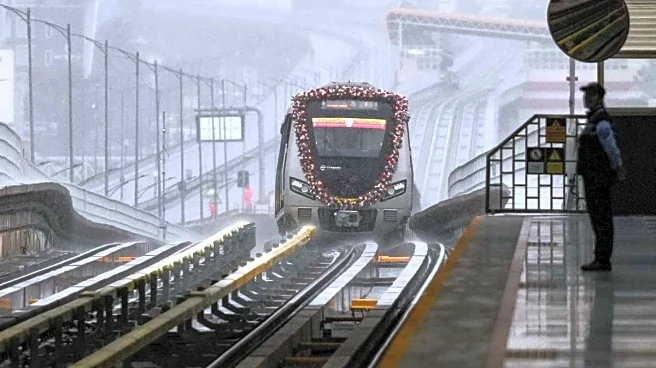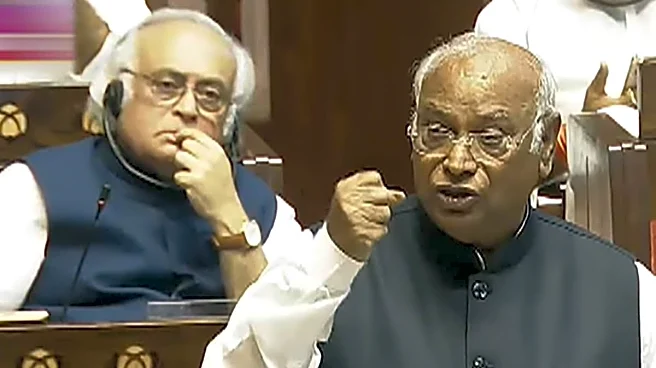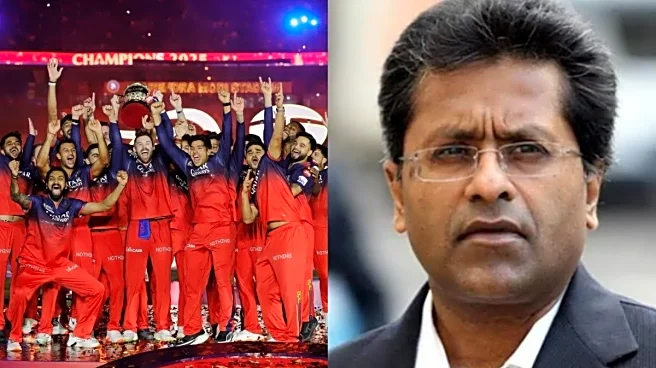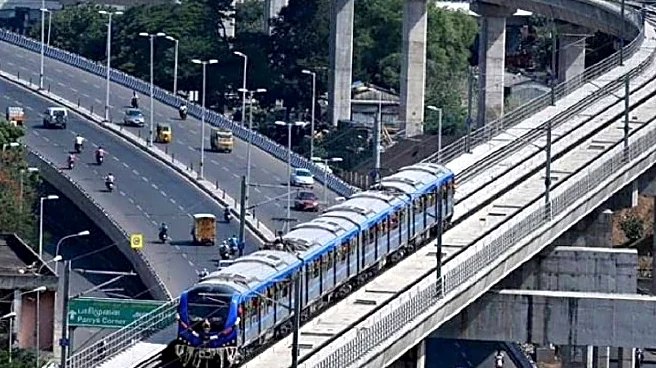Riding the Bengaluru Metro these days often feels less like a commute and more like a daily battle for space. At peak hours, when the train arrives at the platform, there’s a surge of passengers pushing in from all directions. The doors barely hold the crowd, and once inside, you are wedged shoulder-to-shoulder, struggling to breathe.
This is now routine for those who travel on the Purple, Green, and the newly launched Yellow Line. And the numbers explain why. Bengaluru’s Namma Metro has seen a steady climb in ridership over the years, with monthly boardings crossing two crore in December 2023.
By January 2025, the figure had touched 2.5 crore, before dropping to about two crore in February following a sharp fare hike.
Daily ridership crossed 10
lakh after the Yellow Line opened in August 2025, causing huge footfall, especially at interchange stations like RV Road and Majestic. The surge has indicated the urgent need for more trains, better frequency, and safety measures, including reinforced platform railings and line management.
For the fiscal year 2023–24, the network carried 23.28 crore passengers, and by December 2024, Namma Metro had crossed the landmark of 100 crore commuters since its launch.
Officials told News18 that before the fare hike, daily ridership averaged 8.5 to 9 lakh, but it slipped to around 7.1 lakh in the following weeks.
In March 2024, the daily average stood at 6.76 lakh. Single-day highs have also seen a spike with 9.66 lakh passengers on June 4, 2025, 9.08 lakh on April 17, 2025 and on August 14 where the ridership was 10.6. Lakh on one single day.
The growth in ridership is clear, but the shortage of coaches is making it difficult to cope.
In 2019, BMRCL awarded a contract to CRRC Nanjing Puzhen for 216 metro coaches. Under the Make in India clause, 75 per cent of production was to happen locally, but CRRC failed to set up facilities and tied up with Bengal based Titagarh Rail Systems Limited, which builds rolling stock wagons in Kolkata. The partnership was supposed to speed up deliveries, but delays have continued, leaving Bengaluru Metro’s busiest stretches running on limited stock.
The shortage of coaches is visible on the Purple Line, but the most on the newly opened Yellow line. Commuters from Whitefield heading towards Majestic are packed in tightly. For someone who travels regularly on these lines, the experience is telling. You hear the same complaint again and again: “We wait for two or three trains before we can even get in. Sometimes, it’s so packed you wonder if travelling in your own vehicle would be better,” said Satish SN, an architect working in south Bengaluru.
Officials say that while higher ridership is a positive sign for the network, they are struggling to match it with more coaches.
The 19-km Yellow Line between RV Road and Bommasandra alone recorded 81, 658 passengers on its first day, far exceeding expectations. The new RV Road interchange handled more than 30,000 commuters switching between the Green and Yellow lines.
Latest data shows the footfall and steady increase in ridership.
On September 24, the total ridership stood at 10,04,387, with the Purple Line carrying 5,36,589 passengers, the Green Line ferrying 3,74,347, and the Yellow Line recording 93,451 commuters.
The following day, September 25, the overall ridership was slightly lower at 9,93,761, with 5,25,433 on the Purple Line, 3,76,389 on the Green Line, and 91,939 on the Yellow Line.
On September 26, numbers again crossed the million mark, with the total touching 10,11,056. The Purple Line saw 5,26,557 passengers, the Green Line 3,88,540, and the Yellow Line 95,959.
However, on September 27, ridership dipped to 9,04,284, of which the Purple Line accounted for 4,20,261, the Green Line 3,84,587, and the Yellow Line 99,506.
BMRCL had initially estimated only 25,000–30,000 daily riders on the Yellow Line, given the availability of just four train sets. Instead, opening-day ridership was nearly three times that, forcing the metro to run over 40 trips. Each six-coach train can carry close to 1500 passengers, but with ridership surging, the pressure on the system is evident.
The Green Line tells a similar story. With extensions towards Nagasandra and Silk Institute drawing more riders, the trains are bursting at the seams.
The shortage of rakes has capped frequency at about 3.5 minutes on the Purple Line during peak hours from Kempegowda towards Whitefield, with short loops on the routes so that the crowd at Majestic can be reassigned quickly.
There is a requirement for more coaches, which Titagarh has yet to deliver.
“We have already placed orders for the Purple and Green lines,” explained officials, adding that they are awaiting the delivery of rolling stock. “Twenty-one trainsets for the Green and Purple lines have already been ordered, and we are awaiting delivery. The first prototype train for these lines is already undergoing testing. We must ensure the safety of all passengers, and it is important for tests. Since operational tests can only be conducted at night, that is why we are seeing a slight delay,” explained BMRCL spokesperson B.L. Chavan to News18.
“I travel to work using the interchange between the Purple and Green lines to get to my office in Jayanagar from Whitefield. But the time taken is almost as much as on the road. The only difference is that it is a jam-packed AC ride,” added Pratibha Shivaprasad, an IT professional who switched from driving her own vehicle to the metro because of its connectivity.
The Yellow Line, connecting RV Road to Bommasandra and Electronics City, was meant to provide relief. But without enough trainsets, the frequency between trains has now been reduced.
Deepa Shree and Meghna, students who have started using the Yellow Line since its launch in August, said: “Our experience has been that the coach delays have caused this crowding. But once we get the additional coaches, it should be fine.”
Meanwhile, passengers are left to cope. For many, the metro is still the fastest escape from Bengaluru’s endless traffic jams. Until the new coaches arrive, this lifeline will remain stretched thin, leaving commuters pressed together in crowded trains day after day.











/images/ppid_a911dc6a-image-175931620005564960.webp)




